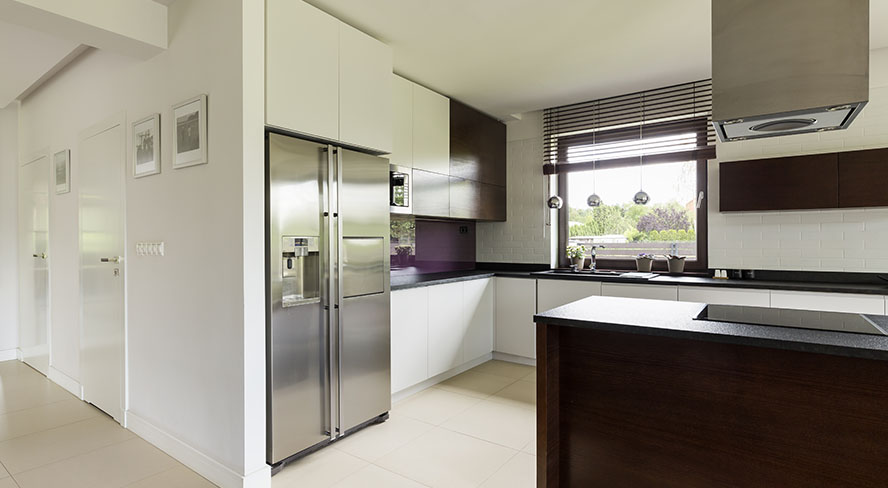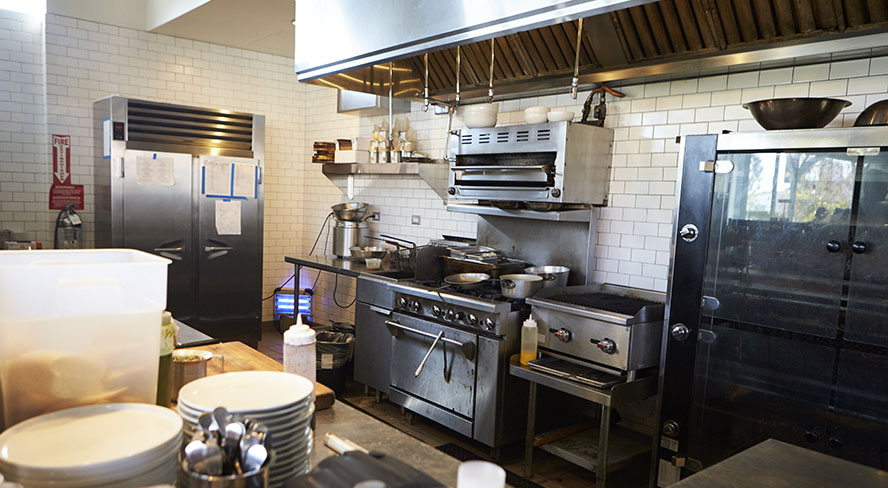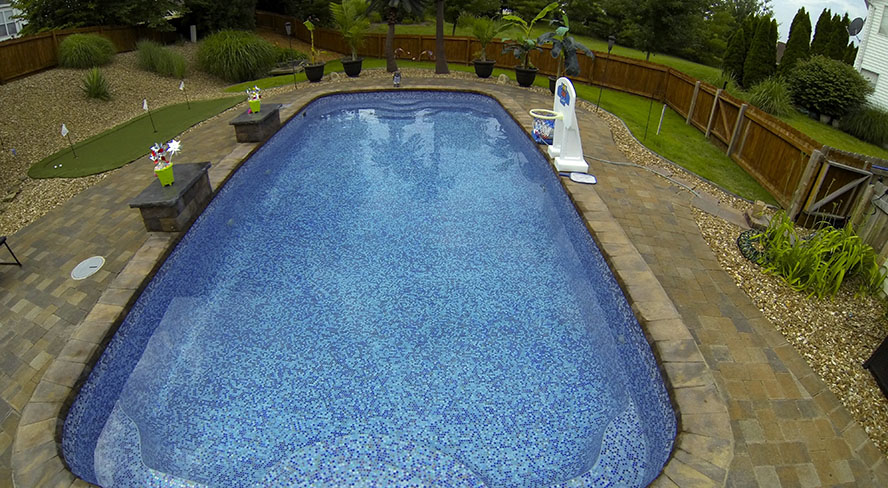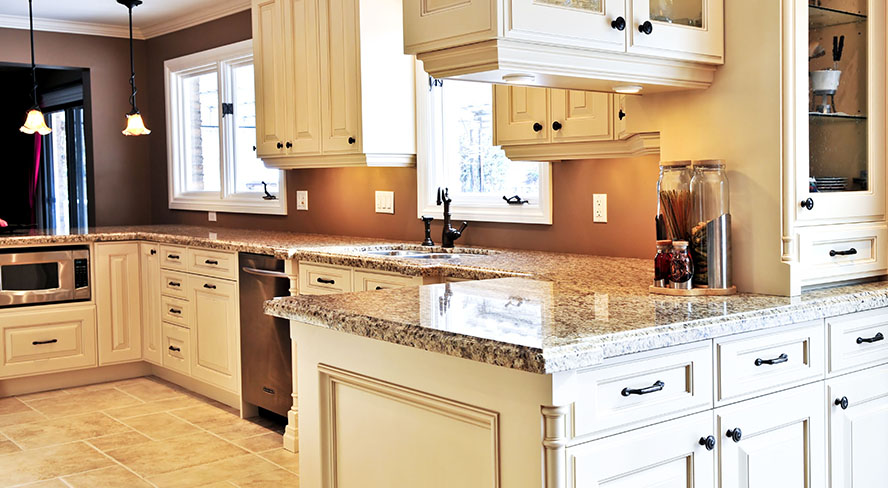While quartz countertops are said to be stain proof, some materials tend to go past the pores giving them an ugly look. For you to retain the good looks of the countertops, you need to get rid of the stains. Here are tips on how to go about it.
Types of countertop stains
There are two main types of stains that your countertops can have. The most common ones are:
Dried on stains: These come about when your countertops get into contact with liquids or substances containing liquids. The substances in the liquids can remain on the countertop surfaces after the liquid has evaporated, leaving a tougher spot to clean up.
Reactionary stains: They are the second type of stains and they come about when a liquid, a cleaner, or any other product outside of the approved pH range of the countertops get into contact with the countertops.
How to remove stains from quartz countertops
You can remove stains from the kitchen countertops in various ways depending on the type of stains that you have. If the stains are due to the everyday spills, you can easily get rid of them using a pH neutral cleaner.
All you need to do is to wipe away these spills or messes using the cleaner. The cool thing is that there are many cleaners in the market you can go for. You only need to find the one that is ideal for your use.
Are you have dried on stains? These are usually tough stains to remove; therefore, you need tough cleaners to get rid of them. Some of the best cleaners to go for are quartz cleaners with detergents.
In some cases, you might find that paint is the one causing the problem. In such a case, you should use a straight razor blade to scrape off the paint or any other substance on the surface. It’s only after removing the paint that you should use the cleaner to finish cleaning the surface.
How to prevent stains from the countertops
Prevention is always better than cure; therefore, it’s always wise that you prevent the stains from forming in the first place. There are many ways of making it happen, with the most common ones being:
Cleaning the countertops: While the countertops aren’t stain proof, they are very easy to maintain. One of the effective ways of doing it is cleaning them regularly. When cleaning the countertops, avoid cleaning them with harsh chemicals.
This is because the chemicals tend to weaken the bonds between the resins and quartz crystals. Some of the chemicals that you should stay from include:
- Turpentine
- Drain cleaner
- Bleach
- Oven cleaner
- Dishwasher rinse agents
- Nail polish remover
You also should avoid using abrasive cleaners as they tend to dull the finish.
In the event, you are handling any of these materials and they spill on your countertops accidentally, you should clean them immediately using a mild detergent.
When it comes to the daily upkeep of the countertops, you should use a simple soft piece of cloth and soapy water. Some people tend to recommend that you use antimicrobial agents to clean the countertops, but you don’t have to. This is because the countertops have an inbuilt antimicrobial layer.
Clear the spills as soon as they happen: Even with the best care, it’s common to have spills on your countertops. As mentioned above, while the kitchen countertops are stain resistant, they aren’t stain proof. This means that if you allow substances to settle on the countertops, they are bound to stain them.
When you have coffee, fruit juice, tea, wine, or any other materials that might stain the countertops, you should get rid of them as soon as possible. For you to remove the stubborn stains, you should use a paste of baking soda and water.
After making the paste, rub it gently on the affected area.
You should note that it’s common for the quartz kitchen countertops NC to have burn stains. To prevent them from coming about, avoid placing hot items on the countertops. You also should avoid placing heat-generating appliances directly on the surfaces.
Some of the appliances to avoid are: indoor grills and crock-pots. For you to protect the surfaces use a trivet or potholder.







